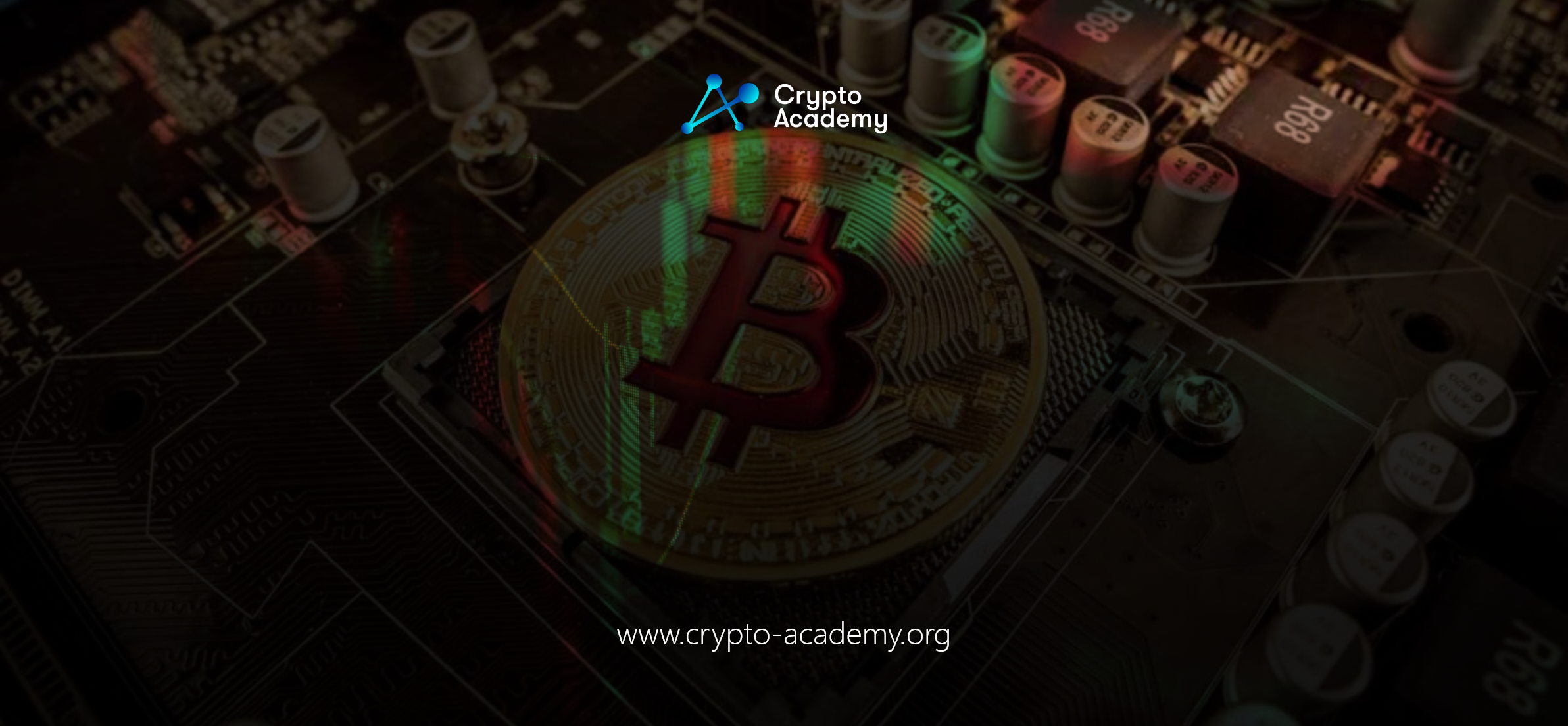Bitcoin DApps Boosting Miner’s Revenue

Bitcoin miners have recently found a silver lining in terms of revenue. Despite facing a significant reduction in block rewards due to the fourth Bitcoin halving event—which slashed rewards by 50%—miners are witnessing a notable upturn in their revenue streams, thanks to the burgeoning development of decentralized applications (DApps) on the Bitcoin blockchain.
The renaissance in miner income is largely attributed to innovative token protocols like Ordinals and Runes, which have introduced a new layer of utility to the Bitcoin network. By enabling the creation of both fungible and non-fungible tokens directly on Bitcoin’s blockchain, these protocols have significantly increased transaction volumes. This, in turn, has led to a rise in transaction fee revenue, which has become a crucial component of miners’ earnings.
Ki Young Ju, CEO of CryptoQuant, emphasized this shift, noting that transaction fees now account for over 7% of total miner revenue—up from a mere 1% two years prior. This increase has persisted over the past month and is expected to strengthen the underlying economics of the Bitcoin network.
Transaction Fees vs. Halving Cuts
Bitcoin miner income traditionally comprises two elements: block subsidies and transaction fees. While the programmed halving events systematically reduce block rewards, transaction fees have shown potential to offset these cuts. For instance, following the recent halving, transaction fees surged to over $80 million in a single day, briefly alleviating the financial pressures on miners.
However, the relief was temporary. With transaction fees stabilizing back to under $10—after peaking at $40 during high runes activity—the overall revenue from these fees has dipped below $5 million. This reduction places renewed pressure on miners, as evidenced by the all-time low of $0.048 in the 7-day moving average revenue per terahash per second (TH/s).
Despite the fluctuations in on-chain activity, Bitcoin mining firms have witnessed positive trends on Wall Street. Stocks of leading mining companies have rallied, reflecting investor confidence in their long-term prospects. Companies like Marathon Digital are actively adapting, pursuing strategies to enhance mining efficiency and expand market presence.
Moreover, Bitcoin recently outpaced Ethereum in terms of transaction fees, collecting $283 million compared to Ethereum’s $234 million in April. This milestone underscores the growing economic activity on the Bitcoin network, fueled by the introduction of new features such as Ordinals, BRC-20 tokens, Atomicals, Runes, and emerging Layer 2 solutions.
Will Bitcoin Fees Remain High?
The dynamic interplay between halving events and the rise of transaction fee-based revenue highlights a critical evolutionary phase for Bitcoin mining. As the network continues to mature and integrate more complex DApps, the financial landscape for miners will likely remain both challenging and promising. The key to enduring success may lie in the continued innovation and efficient adaptation to the changing economic conditions that these new applications bring to the forefront of Bitcoin’s ecosystem.
While the road ahead is fraught with financial hurdles, the integration of DApps on the Bitcoin blockchain offers a promising avenue for miners to bolster their revenue in the face of decreasing block rewards. The only issue, however, is the blockchain of Bitcoin was not designed for fostering an ecosystem including DApps. The evolution of Bitcoin’s functionality through these applications not only enhances its utility but also ensures a vibrant and resilient mining community.

Comments are closed.